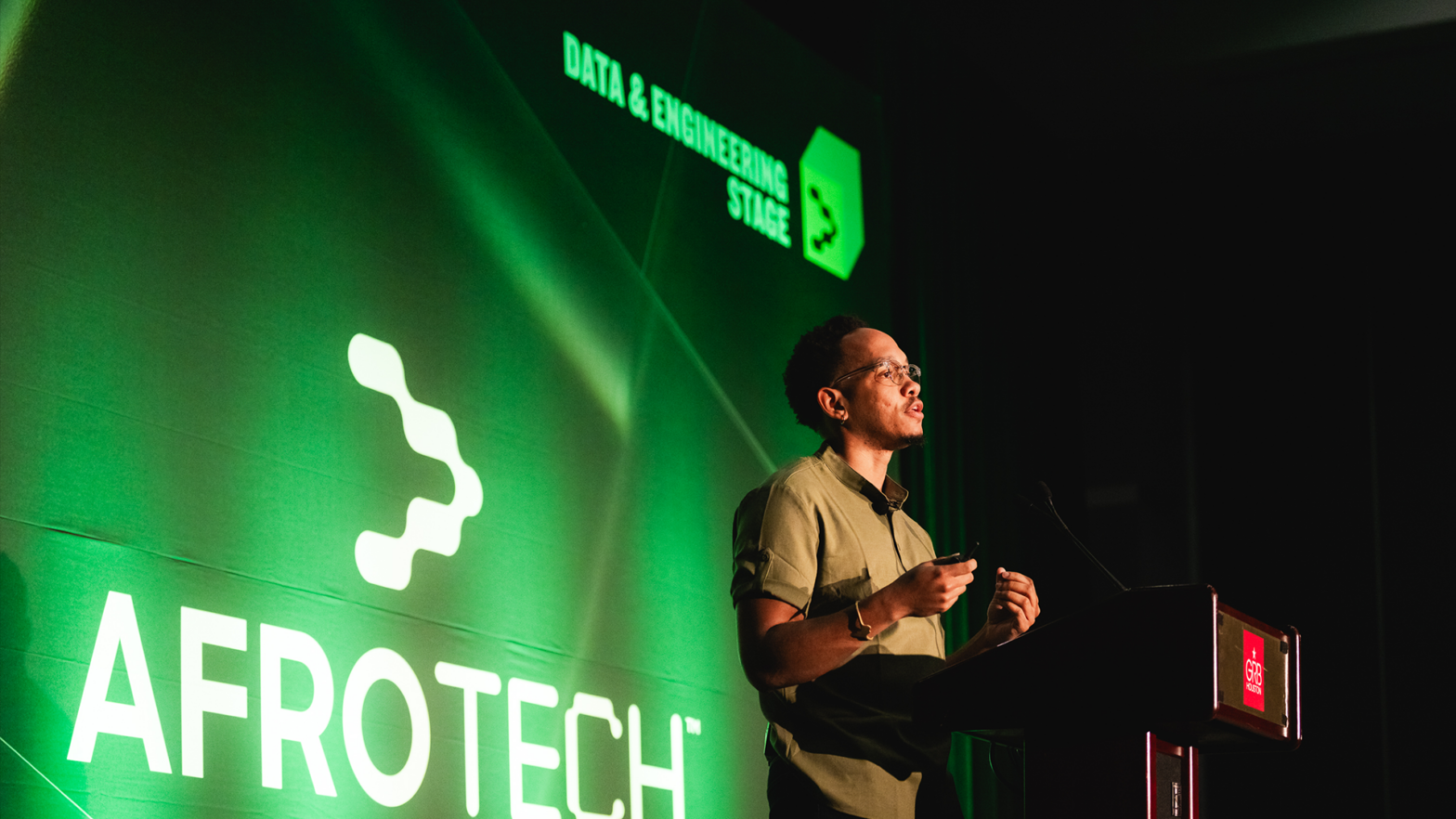Watch Now: CeD Mixon Shares How He Bridges Product- And Design-Led Leadership At AFROTECH™ 2024


For CeD Mixon, balancing user-centered design with data-driven product strategy is core to his approach. As a seasoned design leader, he collaborates closely with product managers, VPs, and cross-functional teams to keep the end goal sharply focused on the user.
At AFROTECH™ Conference 2024, Mixon shared actionable insights on when to lead with design thinking and when to lean into product-led growth. The session offered practical frameworks to help engineers, designers, and solution architects align product development with both user experience and business goals.
With over a decade of experience scaling companies from small startups to global platforms impacting millions, Mixon reflected on entering the tech industry at a time when he was often the only Black person in predominantly white spaces.
Purchase your ticket to AFROTECH™ Conference 2025 now!
“In the beginning, I wasn’t that great with understanding business needs,” Mixon said. “I wasn’t that great with understanding consumer needs and how to communicate with people.”
Progress isn’t without setbacks, as Mixon openly shared that his journey has been far from perfect, admitting he’s “failed at least, at minimum, 15 [to] 20 times” when it came to pitching ideas and engaging users.
As Mixon advanced in his career, he “learned how to think about… pain points” and improved at understanding others’ perspectives. He evolved to a point where he realized the importance of considering revenue, communicating with business development teams, and effectively sharing information with “VCs and board members to get them on board with ideas.” He concluded, “I think I’m grooving.”
Product-led initiatives, Mixon explained, refer to early-stage efforts to get projects off the ground, typically driven by product stakeholders like product managers or owners, to uncover problems, validate ideas, and move a product toward a shared product vision.
While efficiency is key, Mixon embraces a “GSD mentality” (get sh-t done) — a mindset that, if unchecked, risks prematurely launching features that look good on the surface but fail to meet real user needs or drive meaningful business outcomes.
Design-led initiatives, on the other hand, are projects led solely by designers who rely on deep user research and strategic thinking to generate meaningful, data-informed solutions.
Positioned at the center of engineering, sales, marketing and product development, designers have a deep understanding of both internal and external users and are uniquely positioned to translate user needs into actionable strategies.
“Designers have a superpower where we can use our visual skills to help relay your thought, our thought, and what the users are thinking as well, so that we can help influence other people to kind of move forward,” Mixon said.
As a key takeaway, Mixon encouraged an incremental approach — launching a simple version to validate early ideas before expanding. By following a “crawl, walk, run” model, organizations can mitigate risks, implement early feedback, and confidently progress toward more complex, high-impact solutions.
“Have consistent communication with the users,” Mixon said. “They are the main people that matter the most. The business matters for sure, but … the users are the main thing. And then document, document, document, so that you’re not just saying you want to do something, show how you want to do something and give something for people to react to.”
He added that teams should “work smarter and not harder,” using AI and modern tools to streamline communication.
To explore more exclusive insights like this from top-tier AFROTECH™ events, click here to watch AFROTECH™ Labs.




